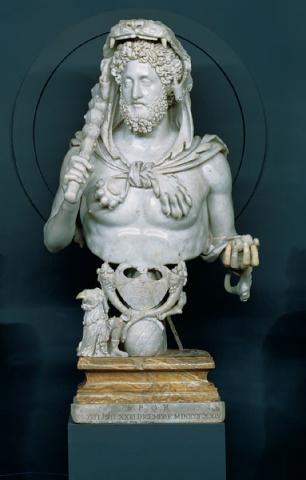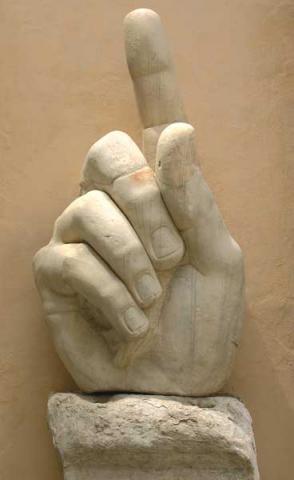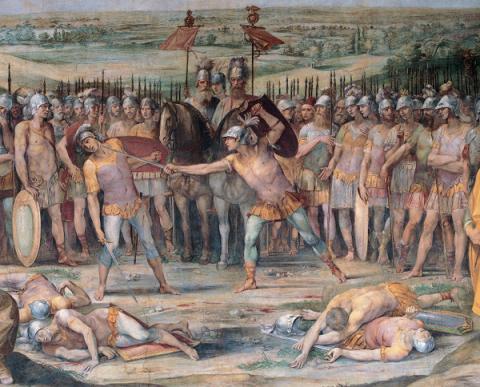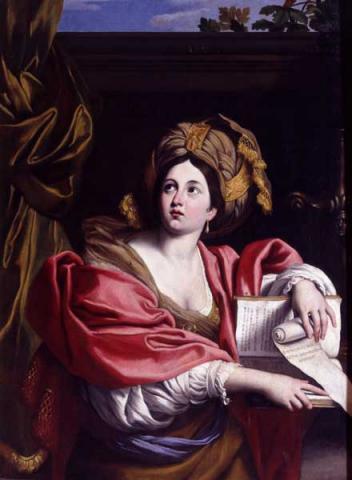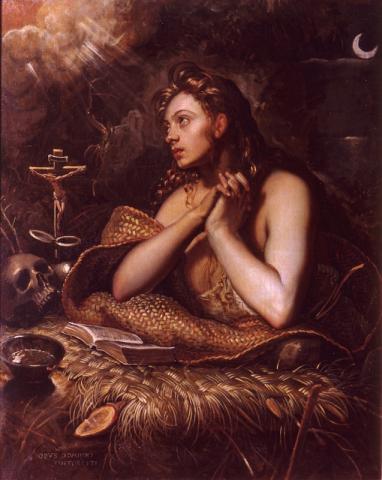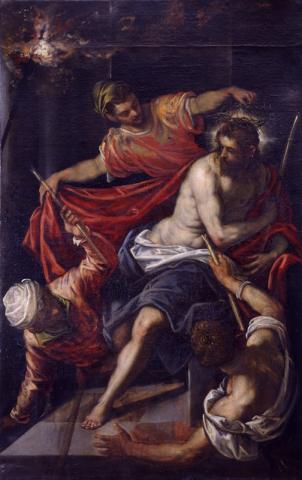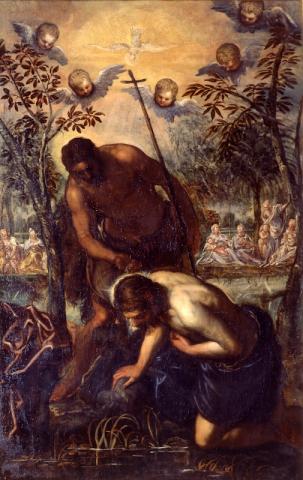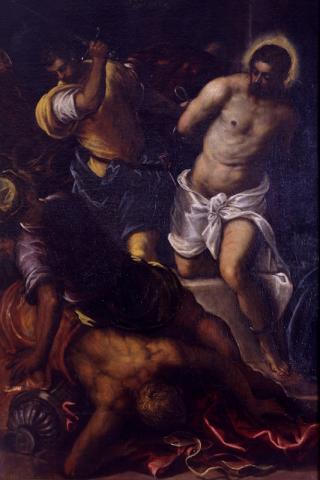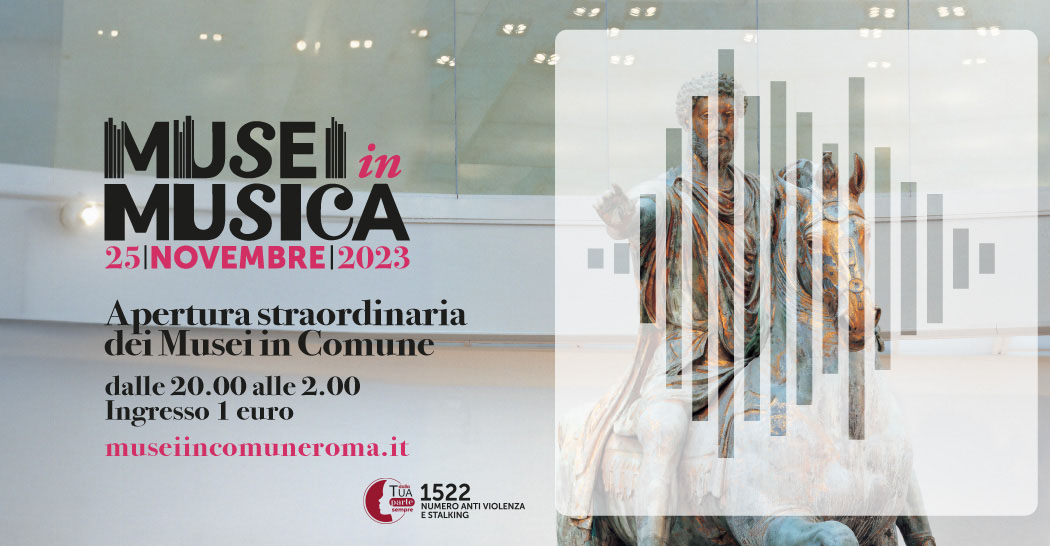La Deposizione di Cristo di Jacopo Tintoretto
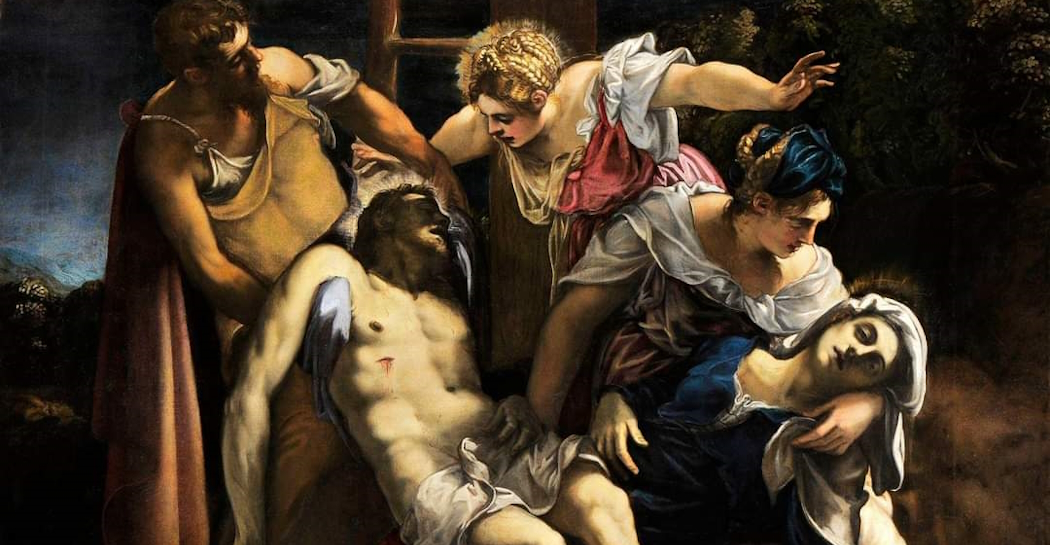
From 7 September the Deposizione di Cristo painted by Jacopo Tintoretto will be exhibited in the Pinacoteca at the Musei Capitolini. Thanks to a loan from the Gallerie dell'Accademia in Venezia, the large painting is exposed until 3 December in the Pinacoteca next to the paintings of his son, Domenico Tintoretto, and other masters of the scuola veneta.
For the first time in Rome, the Deposizione di Cristo, an impressive artwork by the famous Venetian painter Jacopo Robusti ( Venezia 1519 -1594), known as Tintoretto, the most brilliant and unconventional painter of the Venetian Renaissance, second in fame only to Tiziano, comes to the Musei Capitolini.
The arrival of the monumental painting (227 x 294 cm) in Roma is the result of an important agreement between the Sovrintendenza Capitolina and the Gallerie dell'Accademia in Venezia, a distinguished museum that has been exceptionally allowed to loan the Battesimo di Cristo by Tiziano.
The decision to introduce in Roma this recently rediscovered masterpiece gives the opportunity to admire a work that belongs to the maturity of the most brilliant artist of the Serenissima, placing it side by side with the paintings of his son Domenico, exhibited in the Pinacoteca of the Musei Capitolini.
The 'Roman' encounter between father and son represents an extraordinary event since no public museum in the capital has works by Jacopo, an artist that Giorgio Vasari did not hesitate to define: 'The most terrible brain that painting has ever had'. It becomes possible here to admire his powerful and modern pictorial language and to appreciate its evolution in the works of his son Domenico, who inherited his workshop and the future of his painting when his father died.
The painting
In Tintoretto's artistic career, the work The Deposizione di Cristo is placed at the peak of his career, when the master had already fine-tuned his style, technique and execution practice. Most scholars currently agree on a date around the early 1560s (1562).
The large canvas was presumably executed for the high altar of the Jesuit church of Santa Maria dell'Umiltà alle Zattere, suppressed in 1806 and demolished in 1821. Having become state property, the work was subsequently assigned to the Accademia di Venezia, where it remained largely ignored or underestimated by critics until the restoration conducted by Giulio Bono in 2008-2009, which restored its full quality, allowing it to be rediscovered and ascend among the painter's autograph masterpieces. It was then presented for the first time in 2009 as an unpublished work at the exhibition Tiziano, Tintoretto, Veronese: Rivals in Renaissance Venice at the Museum of Fine Arts in Boston and the Louvre Museum in Paris.
The painting depicts the moment when Christ's lifeless body has now been removed from the cross, as alluded to by the empty ladder in the background and the hammer and tongs in the bottom right-hand corner. Giuseppe d'Arimatea holds Jesus from behind while Maria, fainting in the arms of a pious woman, possibly Maria di Cleofa, receives him on her lap. Maddalena closes the group of characters by spreading her arms wide in a gesture of poignant despair.
Gallery
Eventi correlati
1013200



























